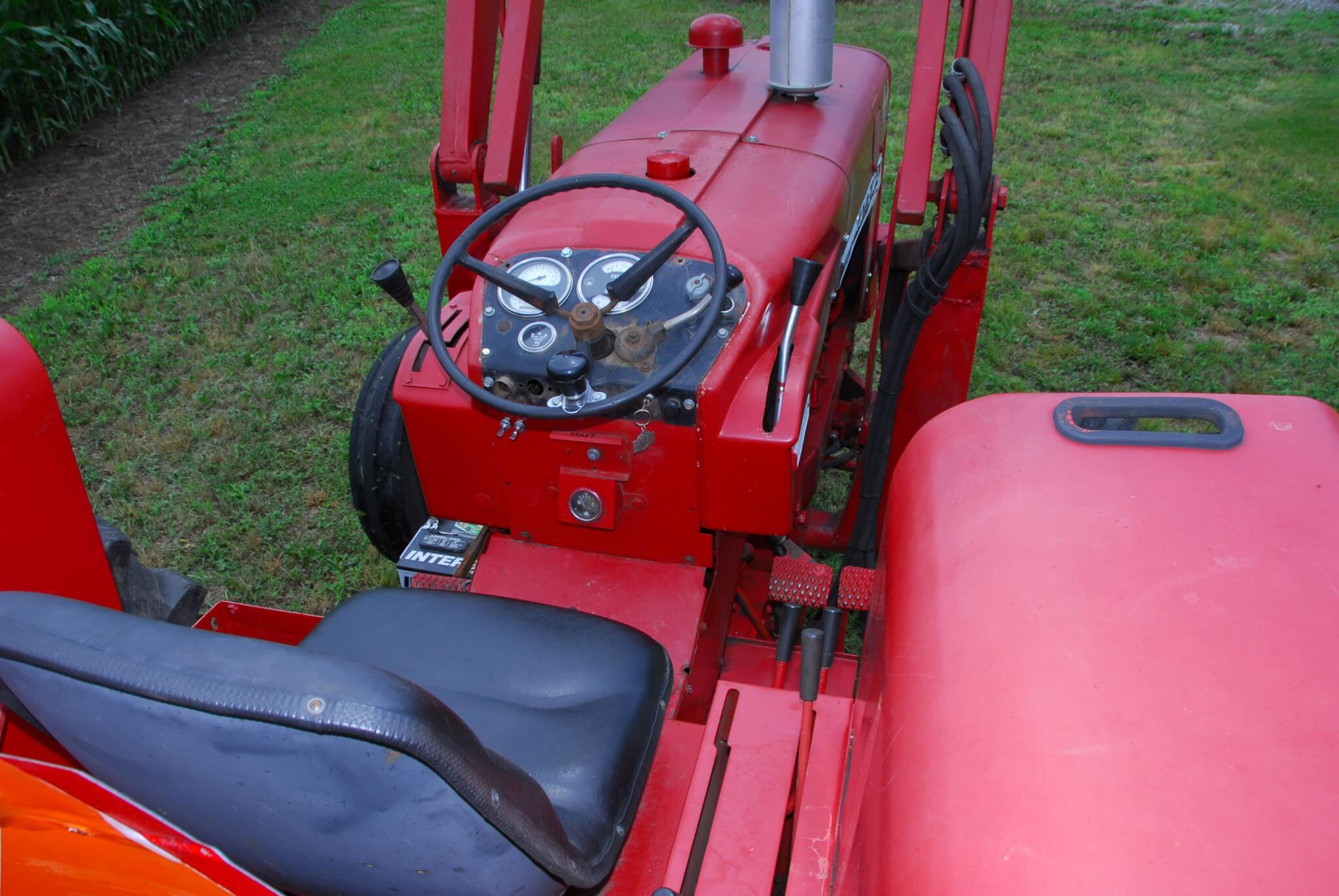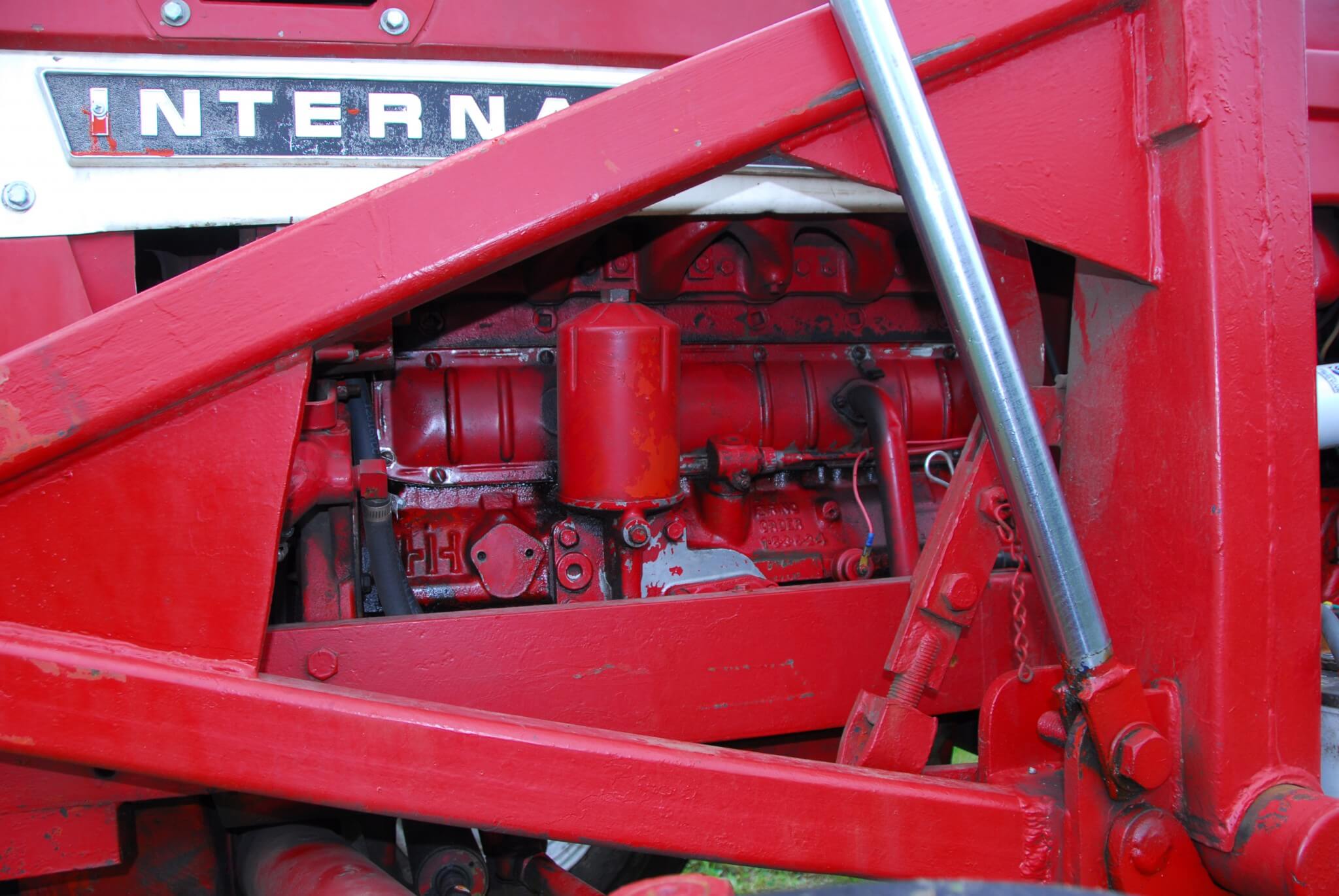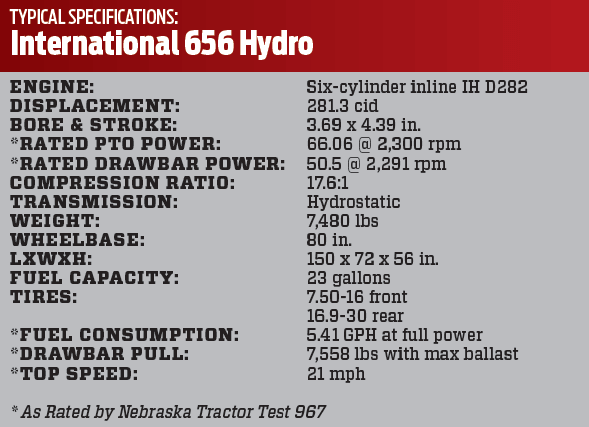International Harvester 656: Evolution of a Farm Workhorse with Hydrostatic Innovation
Most farms have a utility tractor around. It usually mounts a hydraulic loader but may also be used with other powered implements. The utility will perform a lot of different jobs around the farm and it gets the tractor equivalent of stop-and-go commuter miles. As a farmer upgrades his equipment, yesterday’s main tractor often becomes today’s utility tractor, so “ye olde utility” may have a long life on a farm.
By the early 1960s International desperately needed new tractors to overcome the lead John Deere had gained on them in the late 1950s. Knowing a big chunk of that gain was International’s own fault didn’t help. The debacle of the 560’s final drive failures haunted the company like a persistent poltergeist. Well, International got it right with the 706 and 806, and soon a smaller 606 and a larger 1206 joined the ranks. While these tractors didn’t move them past the “Big Green Machine,” at least they put them within spitting distance.
In 1966, the 606 received a number of upgrades and became the first of the 56 series tractors, the 656. The 756 and 856 followed shortly but that isn’t the big story. The 656 became the point tractor for a big innovation in tractor technology, the hydrostatic drive. IH had been working on a hydrostatic drive since the early 1960s and used one in their innovative HT-340 gas-turbine tractor. IH had big plans and the 656 would be the first production tractor to bring hydrostatic drive to the farm.
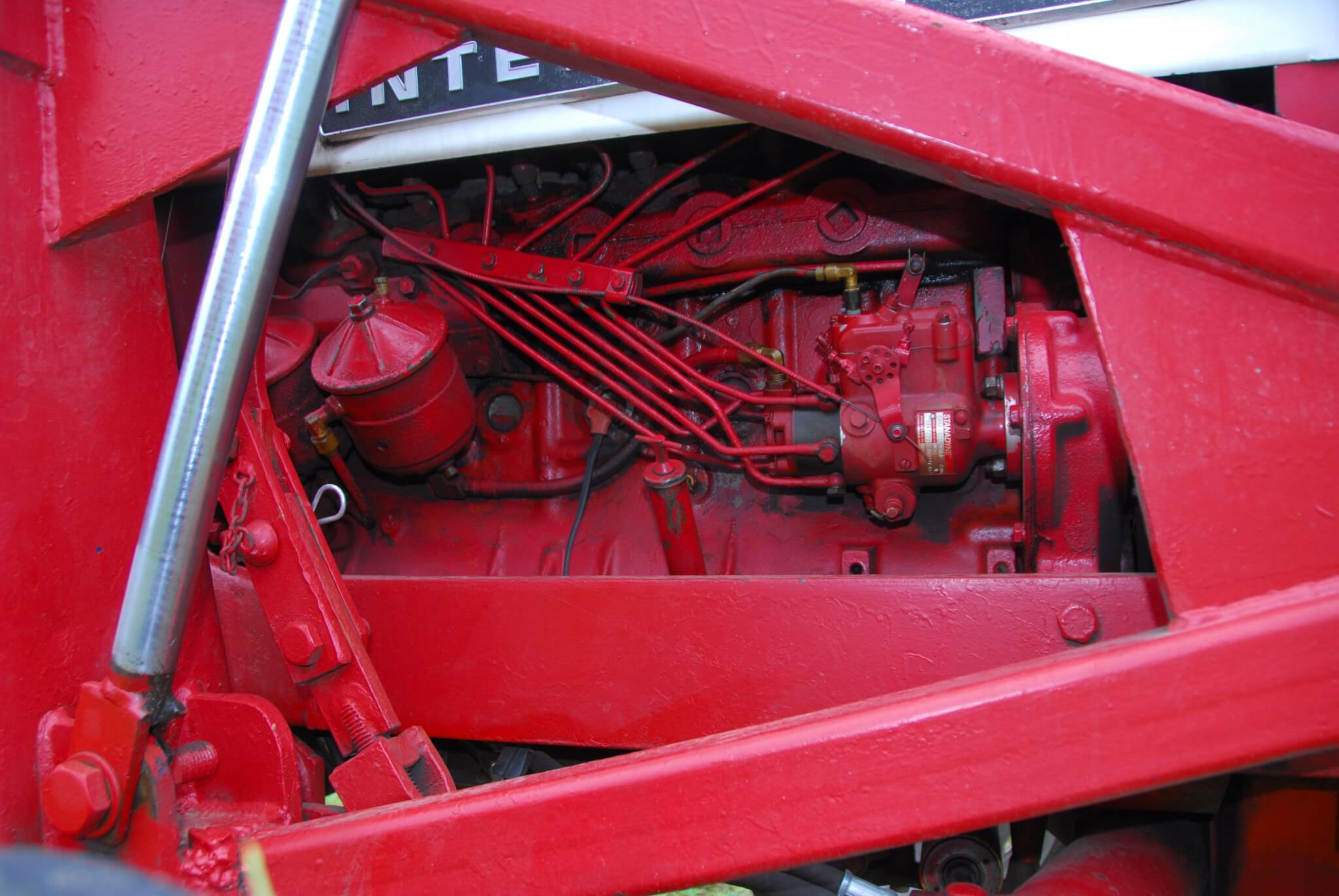
Hydrostatic drive, trade named Hydro by IH, didn’t quite make the intro of the 656 line, but had its own debut in the summer of 1967. So what’s hydrostatic drive? You could say it’s an early CVT (Continuously Variable Transmission). You could also say it’s a form of power shift. In reality it’s a hydraulic drive system where the engine drives a huge pump on one side and a huge hydraulic motor is connected to the final drive. In between is a control that varies the volume and pressure going from the pump to the motor. This is a vastly simplified description, of course.
On the upside, the Hydro had infinitely variable speed control which was very useful for many farm tasks where a lot of forwards and back operation is needed. On the downside, there’s some power loss and it was possible to overheat the transmission oil in heavy use. They also weren’t simple to service or repair for owners and techs used to gears.
The Hydro 656 was well received, as were the other Hydros that followed—the 544, 826 and the first 100+ hp hydrostatic tractor, the 1206. Depending on whom you ask, you will hear tales of woe or tales of joy regarding the IH Hydros when some old farmer bends your ear. The truth is somewhere near the middle. A well-maintained Hydro used within its capabilities could last as long as any other tractor. When used beyond the limits, or neglected, they could fail rather spectacularly. Most will agree they had somewhat more no-fault-of-the-operator failures than the average gear-drive tractors but they certainly weren’t a disaster. On the right farm, they were a Godsend and worth a little extra trouble.
There was more to the 656 than the Hydro. They also came with a five-speed mechanical trans with a torque amplifier. You could order them with either a 262-cid gas six (64 PTO hp) or a 282-cid diesel. By the late 1960s, gas tractors were on the way out and most 656s are found with the D282 diesel. It could be ordered with a wide or narrow front axle. Most came with a three-point hitch, PTO and drawbar but a belt pulley drive was still on the options list.
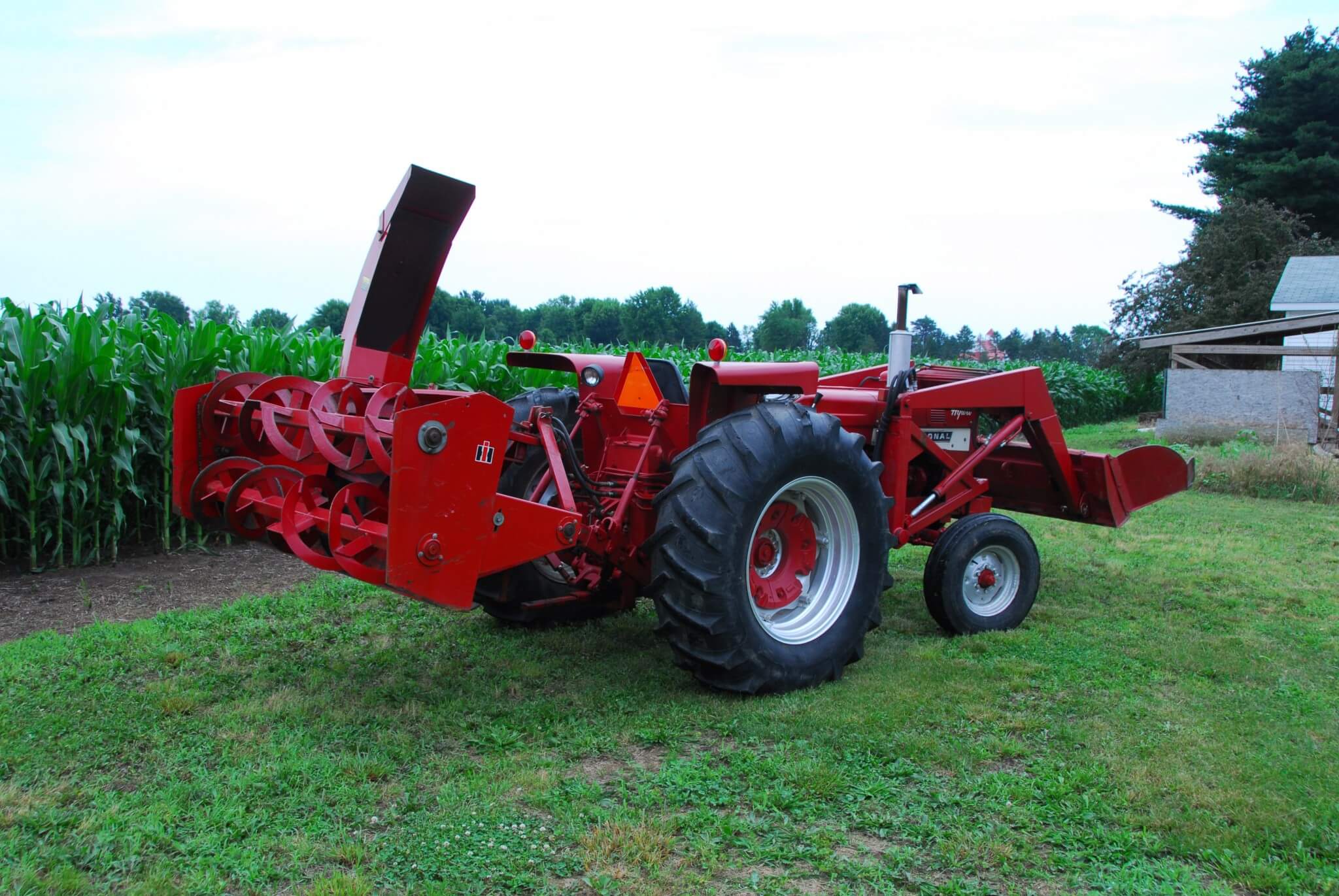
The D282 six-cylinder had debuted with the 560 line in 1958 and was a reworked gasser. It was a four-main, naturally aspirated, dry-sleeved, indirect-injected powerplant with not quite enough head bolts, but by the time the 656 came along, the bugs were worked out and the engine had gained some power along the way. A big-bore, unsleeved 301-cid version (D301) was produced and used in trucks and combines.
The 656 was produced through 1972 and superseded by the upgraded 666 (the Devil’s tractor… muahahahaha!). The 666 was similar in concept but used the D312 diesel, which was a relative of the legendary D360 engine. For 1973, the hydrostatic versions of the 666 were renamed the Hydro 70.
The 656, Hydro or gear drive, was a popular tractor and a bit more that 8,200 were built into 1973. Like John Hoshock’s 1970 Hydro shown here, many are still at work. There isn’t a better testament to quality than that! DW
